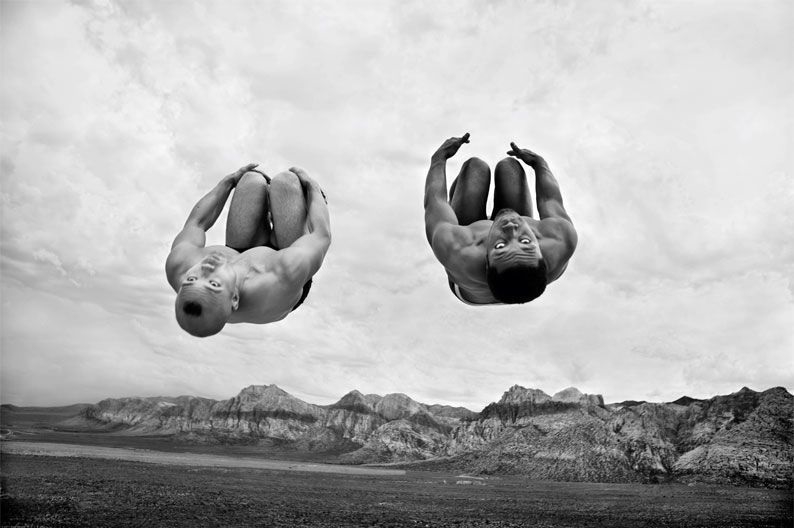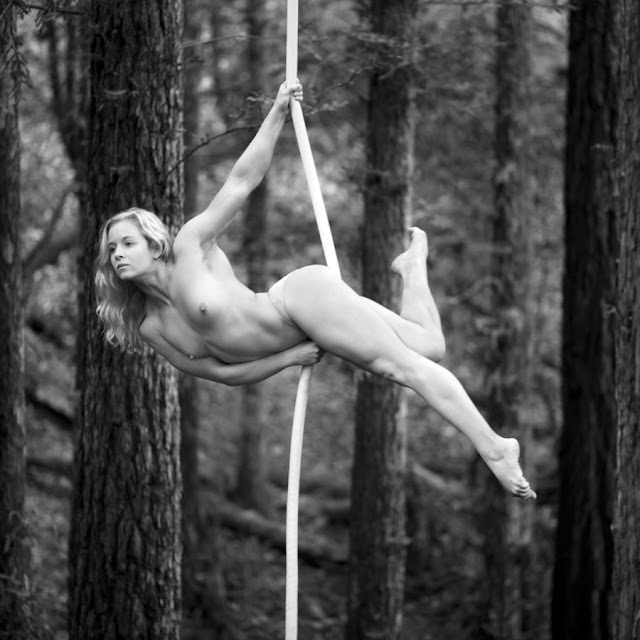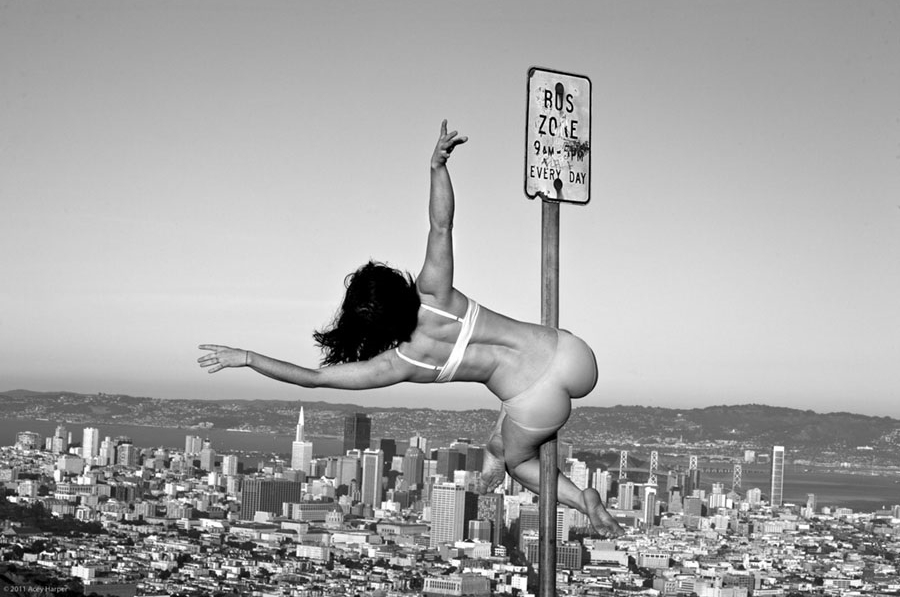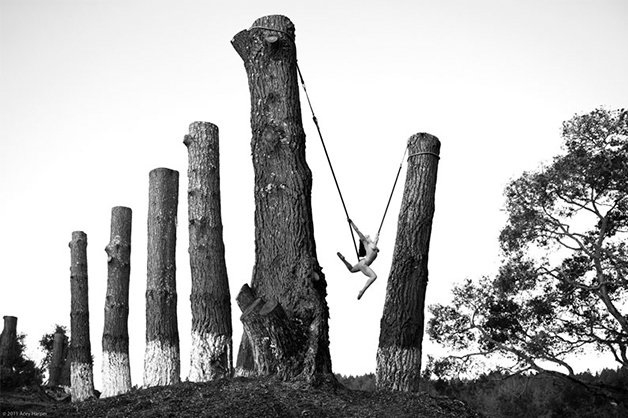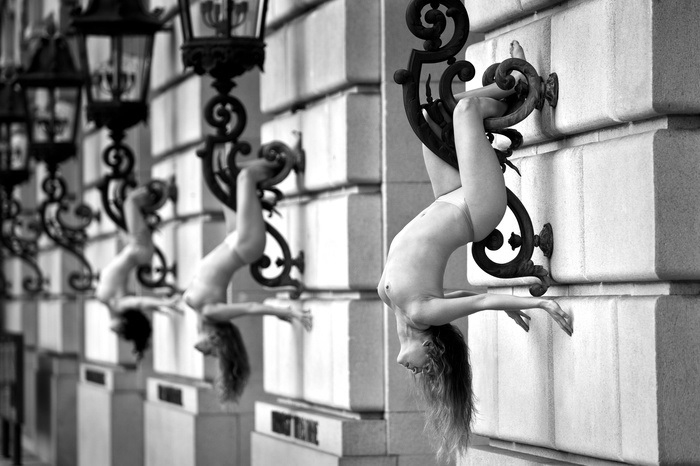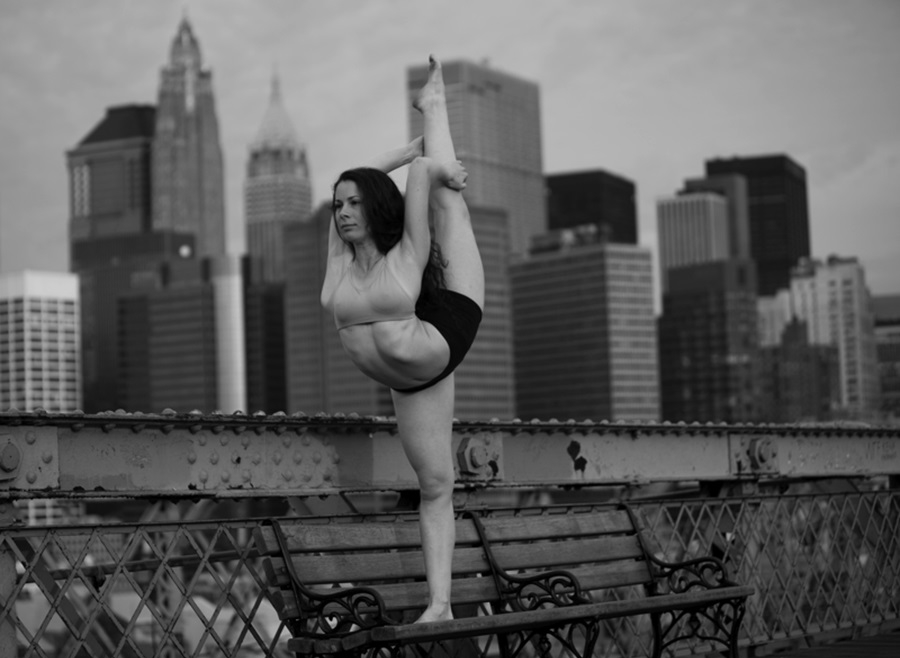These exquisite b&w pictures make you think about how reckless all the engaged people are. In fact, they had to take their places and make photos quickly not to be caught by police… Anyway, the photographer’s output completely matches his personality. According to info on the site, Acey Harper is a son of a rodeo cowboy. The artist spent his youth “wandering the Bahama Islands with his grandfather, a raconteur and treasure hunter renowned throughout the Caribbean.” Feel envy (well, your inner kid rather does)? Or intrigued? Let’s take a look at Acey Harper’s Acrobats.
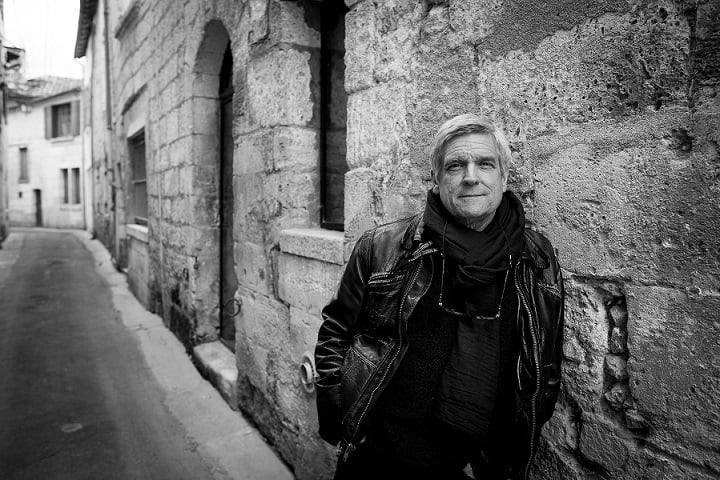
Fig. 1. Acey Harper (aceyharper.com)
Fig. 2. arthur.io
Fig. 3. Kristina Canizares, PRIVATE ACTS, The Acrobat
Sublime, Rizzoli, 2011 (aceyharper.com)
Fig. 4. Kerri, PRIVATE ACTS, The Acrobat Sublime, Rizzoli, 2011 (aceyharper.com)
Fig. 5. idata.over-blog.com
Fig. 6. blogspot.com

Fig. 7. fotonlp.ru
Getting Paid For a Dream
In one of his interviews, Harper says that his interest in photography started with his job as a copy boy. He ran errands at the office of a local newspaper and discovered there some helpful contributors that were ready to show him how the thing works. They would take Harper on assignments and let him make shoots himself providing critical feedback afterward. Having received this initial training, the artist started working as a staff photographer in a local newspaper in South Florida. As Harper claims, he couldn’t believe that he would be paid for making photographs, so much he liked the process, combining the job of a photojournalist with experimental activities at the studio. Such eagerness bear fruit as Harper won several awards for his photos.
Assistant of Reality
Being noticed by employers, the artist continued his career in USA Today, which enabled him to travel across the USA covering a wide range of events. Then he left newspapers for magazines and worked in such periodicals as Time, People, Fortune, where he also reported on hot things from politics and riots to TV shows. While performing this job, he also contributed to some projects as a picture editor. According to Harper, examining other’s people work helped him to broaden his own vision. Despite a successful career as a photo reporter, the artist felt he wanted to express himself from within, whereas the photojournalist is just an assistant of reality.
Fig. 8. blogspot.com

Fig. 9. Playa, PRIVATE ACTS: The Acrobat Sublime (Rizzoli 2011), aceyharper.com
Fig. 10. fotonlp.ru
Fig. 11. blogspot.com
Fig. 12. transversealchemy.com
Fig. 13. blogspot.com
Fig. 14. idata.over-blog.com
Fig. 15. fotonlp.ru
Fig. 16. transversealchemy.com
Fig. 17. blogspot.com
Fig. 18. blogspot.com
Fig. 19. idata.over-blog.com
Fig. 20. blogspot.com
Releasing the Inner Artist
As an artist, Harper is best known for his Acrobats series done in collaboration with the artists from the Circus Center in San Francisco. The initial concept was to put an accent on the acrobats using minimalistic grey background and artificial light. The output didn’t satisfy Harper because “the images had no soul to them.” To jump on trampolines at the studio wasn’t challenging for the artists whose trainings became routine. The results looked uninspiring, though technically perfect. Thus, Harper changed the strategy and focused on “the raw courage of young aerialists and contortionists who began each day with a search for new ways to move their bodies and express themselves.” An experimental weekend photo session in the countryside gave Harper the idea of an acrobat blending in the environment.
1957 Chevy Truck
One of the most impressive images taken with this approach is the shoot of three women hanging upside down from the iron lamps of the Opera House in San Francisco (fig. 32). Female figures look like decorative marble nymphs, perfectly merging with the facade. The sculptural composition of three more females rising above the water (fig. 33) resembles those of park fountains. Another image to stick in your memory is the photo of the woman (Morgaine Rosenthal) hanging by her mouth from the hoist in the back of a 1957 Chevy truck (fig. 35). Harper confesses that he had this image for six months in his mind before it was finally taken and that the biggest problem was not the human but the truck as it couldn’t climb the hills because of the wet weather. The photographer claims that these images are like “one-time performances, unique and never to be repeated. I directed and produced this performance and then captured it on camera. Then, we are gone never to return.”

Fig. 21. transversealchemy.com
Fig. 22. dsvero.com
Fig. 23. transversealchemy.com
Fig. 24. fotonlp.ru
Fig. 25. blogspot.com
Fig. 26. blogspot.com
Fig. 27. transversealchemy.com
Fig. 28. encircletheworld.files.wordpress.com
Fig. 29. hypeness.com
Fig. 30. encircletheworld.files.wordpress.com
Fig. 31. fotonlp.ru
Fig. 32. Val, Steph, Eve, 2011 (aceyharper.com)
Fig. 33. arthur.io
Fig. 34. Playa 2, 2011 (aceyharper.com)
Fig. 35. blogspot.com
Fig. 36. blogspot.com
Fig. 37. Kerri, PRIVATE ACTS: The Acrobat Sublime, Rizzoli 2011 (aceyharper.com)
Fig. 38. blogspot.com
Fig. 39. transversealchemy.com
Fig. 40. Lauren Herley, Redwoods, PRIVATE ACTS: The Acrobat Sublime, Rizzoli (aceyharper.com)
